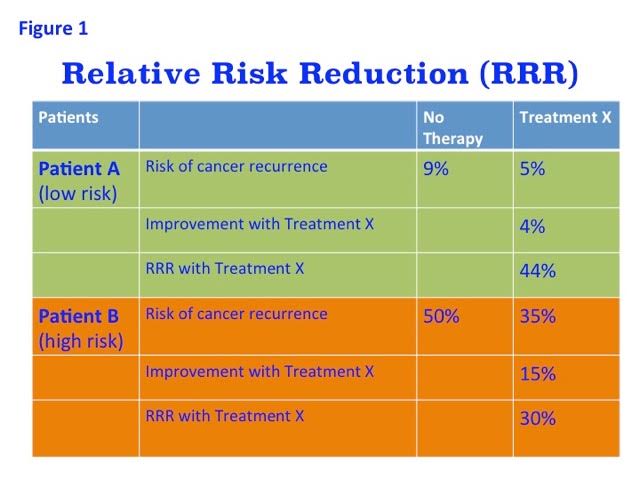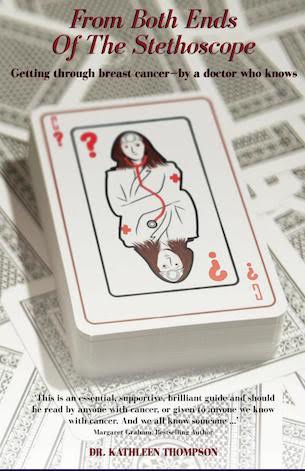 I began writing out of desperation and a cherished dream. While recovering from breast cancer, I went into a chemo-induced depression without realising it. I had no idea what was wrong, only that the ground beneath me seemed to have collapsed. Months passed. When I still found no equilibrium, I went to see a counsellor at the cancer charity, MacMillan, who suggested a bout of creative writing.
I began writing out of desperation and a cherished dream. While recovering from breast cancer, I went into a chemo-induced depression without realising it. I had no idea what was wrong, only that the ground beneath me seemed to have collapsed. Months passed. When I still found no equilibrium, I went to see a counsellor at the cancer charity, MacMillan, who suggested a bout of creative writing.
Not long afterward, I recalled a dream I’d once had – of writing a novel loosely inspired by my great-grandmother who I had never met. Stories were re-hashed endlessly in my family about this formidable woman who, despite being uneducated, started a business at a time when few women in Malaya did so. She always seemed larger than life – a true role model in a profoundly patriarchal culture.
I began my writing project by doing research. I knew that what I wanted to write was a novel based on real historical events, possibly even on events which my own family had experienced.
Armed with the detailed outline of a story, I planned a trip to Malaysia. I pored through newspapers in the National Archives and interviewed anyone who would talk to me about the old days. Some who gave their time were family members: aunts, uncles and cousins, but a few were people I barely knew. Amazingly, I came across people who had actually met my great-grandmother. Their anecdotes provided a wonderful tapestry which fuelled my imagination further.
Spurred on by Malaysia’s heat and its panoply of aromas, sounds and colour, I began writing the first draft of The Woman Who Breathed Two Worlds, my first novel. The story follows the life of a mixed-race woman during a time of rapid change in Malaya. It is a complex and rich story about cultural identity, set in my hometown, Ipoh. As I described the modernisation of the town and how the protagonist tries to retain her cultural traditions in her rapidly Westernising world, I realised I was telling not only her story but the story of her country, Malaya.
In this way, the Malayan Series was born. My new novel, When the Future Comes Too Soon, follows on from the first book, but the two can be read independently and are very different. In this second novel Malaya is at war. There is a new protagonist, Mei Foong (the daughter-in-law of the heroine in the first book), who is thrown into a world gone mad. Somehow, she must find ways to keep her family alive. How she goes about this and what happens to her and her family lie at the emotional heart of the novel.
Their story is as much about betrayal, in its many forms, as it is about survival and love and what courage means. Sometimes, it takes extreme circumstances for people to discover what they’re made of. This is the case for Mei Foong, who finds her inner steel through war and suffering.
Selina Siak Chin Yoke’s When the Future Comes Too Soon is published byhen the Future Comes Too Soon and out now






